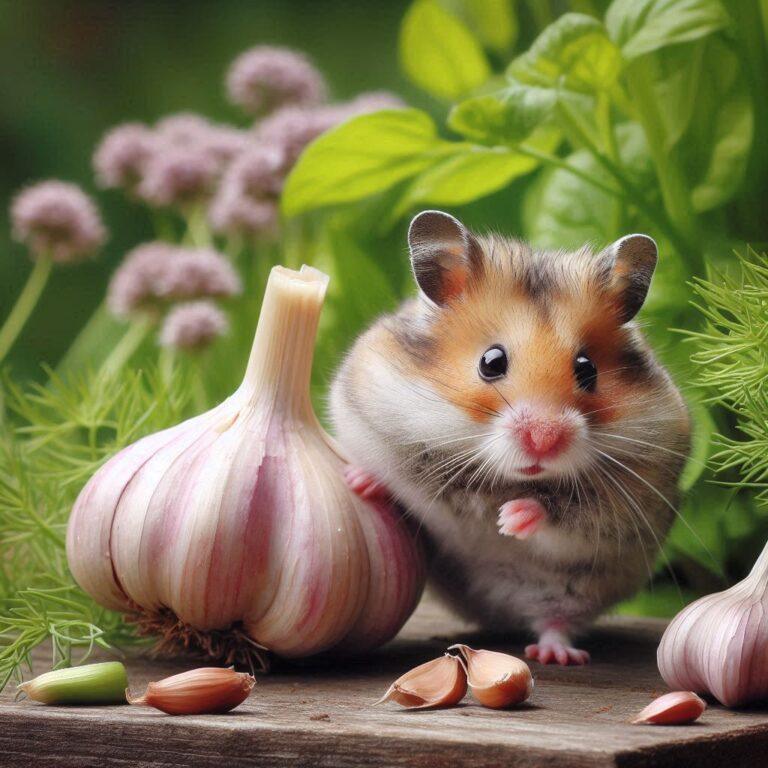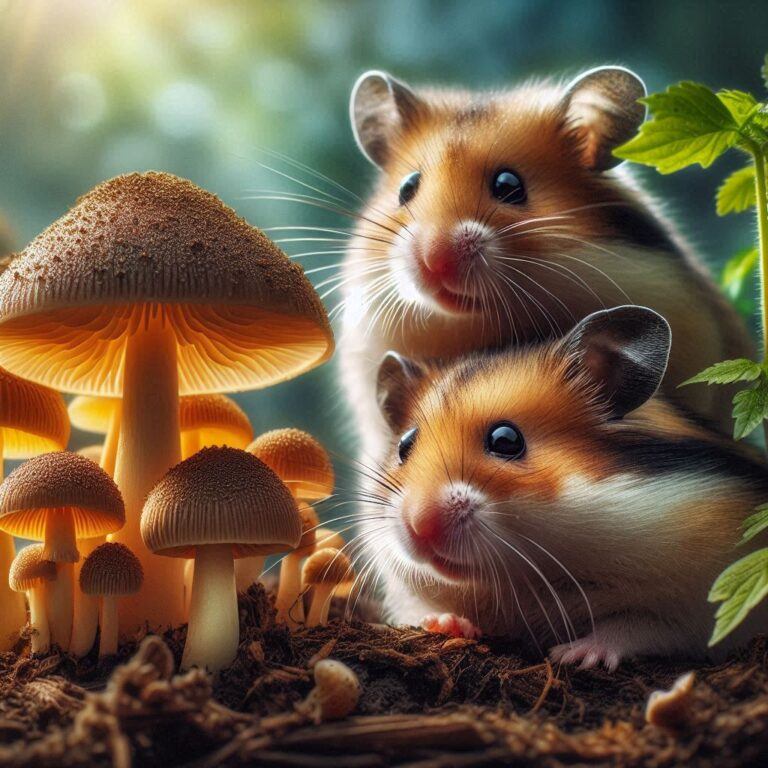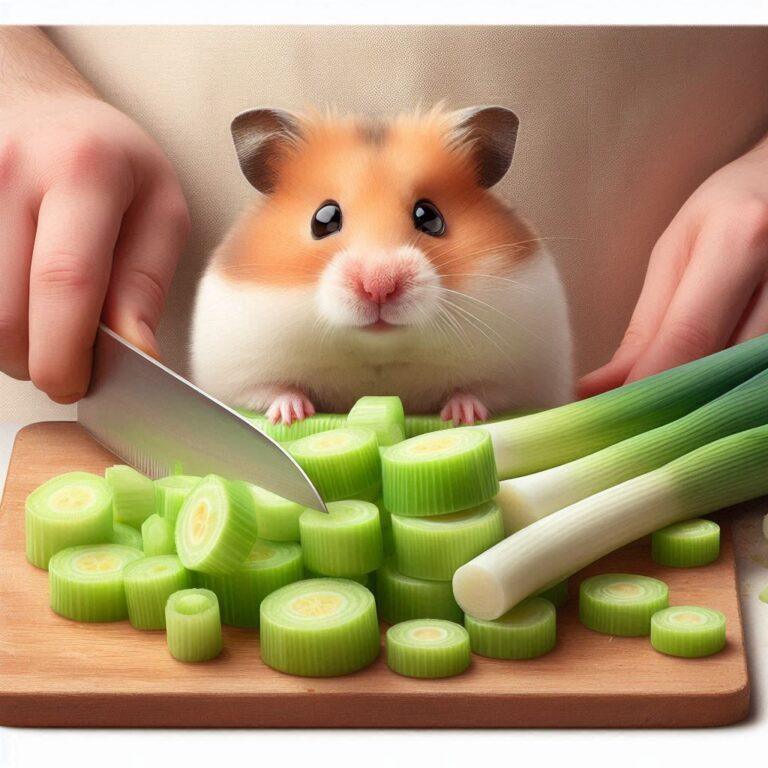Can Hamsters Safely Eat Mango
Yes, hamsters can safely eat mangoes in small amounts. Mango is non-toxic to hamsters and can be a healthy treat when given in moderation. The fruit contains various vitamins and minerals that can benefit your hamster’s health.
However, due to its high sugar content, mango should only be offered occasionally and in small portions to prevent obesity and other health issues.
Mango is a sweet, tropical fruit that many of us enjoy. But when it comes to hamsters, we need to consider their specific dietary needs and potential health impacts.
In this post, I’ll share my experience and knowledge about feeding mango to hamsters, including its benefits, risks, and how to offer it safely.
Mango and Hamster Health
To understand whether mango is a good treat for hamsters, we need to look at its nutritional content and how it relates to hamster health.
Mangoes are rich in several nutrients:
- – Vitamin C: Supports immune function and overall health
- – Vitamin A: Important for eye health and growth
- – Fiber: Aids in digestion
- – Potassium: Helps maintain proper nerve and muscle function
- – Antioxidants: Protect cells from damage
These nutrients can offer some health benefits to hamsters when consumed in appropriate amounts. Vitamin C, for instance, is particularly beneficial as hamsters, like humans, can’t produce this vitamin on their own.
The fiber in mango can support your hamster’s digestive system. I’ve noticed that offering small amounts of fibrous fruits occasionally can help maintain regular bowel movements in my hamsters.
However, it’s not all positive. Mangoes are high in sugar, which is a significant concern for hamsters.
Their natural diet in the wild doesn’t include much sugar, and their bodies aren’t equipped to handle large amounts of it.
Excessive sugar intake can lead to obesity, diabetes, and dental problems in hamsters.
Another potential issue is the high moisture content in mangoes. Hamsters are adapted to a relatively dry diet, and too much moisture can cause digestive upset, leading to diarrhea.
Safely Feeding Mango to Hamsters
If you decide to offer mango to your hamster, it’s crucial to do so safely. Here’s how I prepare and serve mango to my hamsters:
- Choose ripe, fresh mango. Avoid canned or processed mangoes, which often contain added sugars or preservatives.
- Wash the mango thoroughly to remove any pesticides or contaminants.
- Peel the mango and remove the pit. The skin can be tough for hamsters to chew, and the pit is a choking hazard.
- Cut a small piece of the flesh, about the size of your hamster’s paw. This is typically enough for one serving.
- Offer the mango piece to your hamster outside of their regular feeding time. I usually do this once or twice a week at most.
- Remove any uneaten mango after a few hours to prevent it from spoiling in the cage.
When it comes to serving size and frequency, less is more. A piece of mango about the size of your hamster’s paw, once or twice a week, is plenty.
Please remember, treats like mango should make up no more than 10% of your hamster’s total diet.
I always introduce new foods gradually. The first time I offer mango, I give an even smaller piece and watch my hamster closely for any adverse reactions.
Speaking of reactions, it’s essential to know what to look out for. While rare, some hamsters might not tolerate mango well. Signs of an adverse reaction can include:
- Diarrhea or loose stools
- Lethargy or decreased activity
- Loss of appetite
- Visible discomfort or bloating
If you notice any of these signs after feeding mango, stop offering it and consult with a veterinarian if the symptoms persist.
It’s worth noting that while mango can be a safe treat, it’s not the only option. There are several other fruits that hamsters can enjoy safely in moderation. Seedless apples, pears, strawberries, blueberries, and bananas are all tasty alternatives
I rotate these fruits to provide variety in my hamsters’ diets. Each hamster seems to have their preferences, and it’s fun to discover what they enjoy most.
Remember, every hamster is unique. What works for one might not work for another.
I’ve had hamsters that loved mango and others that showed no interest. Always observe your pet’s reactions and adjust their diet accordingly.
So, Is Mango Good or Bad for Hamsters
Mango can provide some nutritional benefits and serve as an enjoyable treat for our hamsters. However, it’s crucial to remember that the bulk of our hamster’s diet should consist of specially formulated hamster food made up of pellets, seeds, and grains.
As hamster owners, our primary goal should be to provide a balanced diet that meets all of our pet’s nutritional needs.
Treats like mango should complement this diet, not replace any part of it. By offering mango in moderation and following the guidelines I’ve shared, you can safely include this fruit as an occasional treat in your hamster’s diet.
Lastly, if you’re ever unsure about a food item or notice any changes in your hamster’s health or behavior after introducing a new food, don’t hesitate to consult with a veterinarian who specializes in small animals.
They can provide personalized advice based on your hamster’s specific health needs and conditions.
Remember, a healthy hamster is a happy hamster. By providing a balanced diet with occasional safe treats like mango, you’re contributing to your furry friend’s overall well-being and quality of life.







